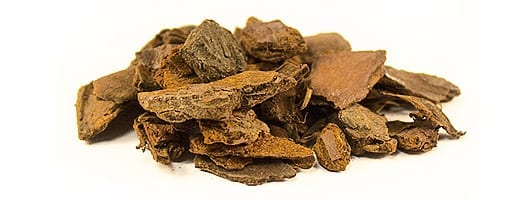Substrates Information Guide
Substrates should be viewed as important to reptiles and amphibians as providing heat light and food. It’s a very misunderstood topic, and only recently becoming more to the forefront of modern husbandry. It can provide enrichment for the animal or convenience to the keeper, but rarely both, and some are considered detrimental to the health and welfare of some reptiles and amphibians.
It is worth making very clear that under-floor heating and substrate can be a problem, even dangerous. If using a heat mat all substrates should be used with caution – they can cause a condition known as thermal blocking. This means the heat cannot escape and builds up in the substrate. This can cause heat mat failure, burns to the animal and even fire. Most substrates are safe to a depth of around 10mm, some to around 20mm.
Newspaper
This is certainly the cheapest floor covering. It has the benefit of being quickly replaced when soiled for a minimalistic vivarium and doubles up as a hide as well as floor covering. It also removes any risk of the reptile swallowing any particles whilst feeding. However, it is not visually appealing and really only now has a place in some snake breeders rack systems. It does not allow natural burrowing behaviour, even for species often kept on newspaper such as Hognose and Bull / Pine / Gopher snakes. Used in overhead bulb or ceramic heater vivaria can be a fire risk.
Lino / Carpet
Very popular by those keepers that are worried about particle ingestion and gut impaction – particularly with Bearded Dragons and Leopard geckos. This phenomenon is now better understood as being due to poor dietary provision and husbandry mistakes. Many animals naturally regulate their mineral content by eating soil, this can be avoided in captivity by providing sufficient dietary content that may include one of the quality supplements commercially available such as Nutrobal. It is worth noting that many years ago the provision of calcium was often given by using a shallow dish full of crumbled cuttlefish, that species such as Leopard geckos would help themselves to – a very poor calcium source but a good way of confusing the gecko into eating more and more substrate along the way.
Sand
Only a few reptile species commonly kept are true desert species and live on pure sand. However, those species have evolved to thrive on and in sand. There are many species from arid conditions that do encounter sand in the wild also. Perhaps over used in reptile husbandry, many species would be more suited to a sand / soil mix (see later) – however, it would appear to be a substrate overly berated.
Beech Chip
This is a very popular substrate for arid species, even up to recent times. However, it is not very natural – neither in appearance nor effectiveness. It does not allow for natural burrowing, and of course does not maintain various levels of moisture / humidity.

Orchid Bark
This is a popular substrate for many years, and still with a place in modern reptile keeping. It is very good for maintaining humidity levels when used as a lone substrate and even better mixed with soil or used as a top layer. This will then provide ground cover for clean up crews such as woodlice and springtails and also allow natural burrowing in the soil / sand mix.

Aspen / Lignocel
Now mainly limited to use in breeding Royal / Ball pythons and similar in rack systems. It is an absorbent and reasonably digestible shredded wood, that allows for limited burrowing activities. It does not look at all natural in a vivarium and allows for limited natural behaviour.

Soil / Sand based substrates
There are many ready mixed soil /sands commercially available including ProRep TortoiseLife, LeoLife and DesertLife. For many species these mixes will provide a very natural floor covering that, when not using under floor heating, can be used quite deeply allowing natural burrowing activities for those that require it. By safe placing of hides, a varying degree of humidity can be created in permanent burrows. There are some mixes that include clay also – this can be used in conjunction to create suitable burrows. For those requiring a natural as possible approach many of these substrates will allow live plants to grow also. This, depending on requirements may require a drainage layer too – easily provided by many of the drainage products such as Lucky Reptile Hydro Drain. For more details see our podcasts and details on building natural and bio-active terraria.
Coir
A useful substrate that is available in dried brick form or ready to use. It is ideal for all vivaria, housing high humidity species, not just reptiles and amphibians but also invertebrates. Can be mixed with a soil / sand mix to the keepers requirements, and used as a background covering that (once glued to the scenic terrain) will allow moss growth. For many natural / bio-active rainforest style terraria for Dart frogs and Day geckos this is perhaps the number one useful substrate – again see further details around our website for making and maintaining natural / bio-active terraria.
Leaf Litter
This is becoming very popular within the hobby, especially with the fans of bio-active. The commonest use would be to place a covering over the coir mix in a planted bio/active terrarium. This will allow cover for species such as Dart frogs and also the clean up crew. It can also be used to maintain humidity levels in almost any species hiding place in a natural bio-active environment.
